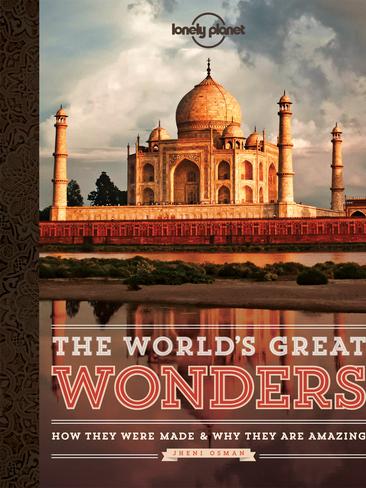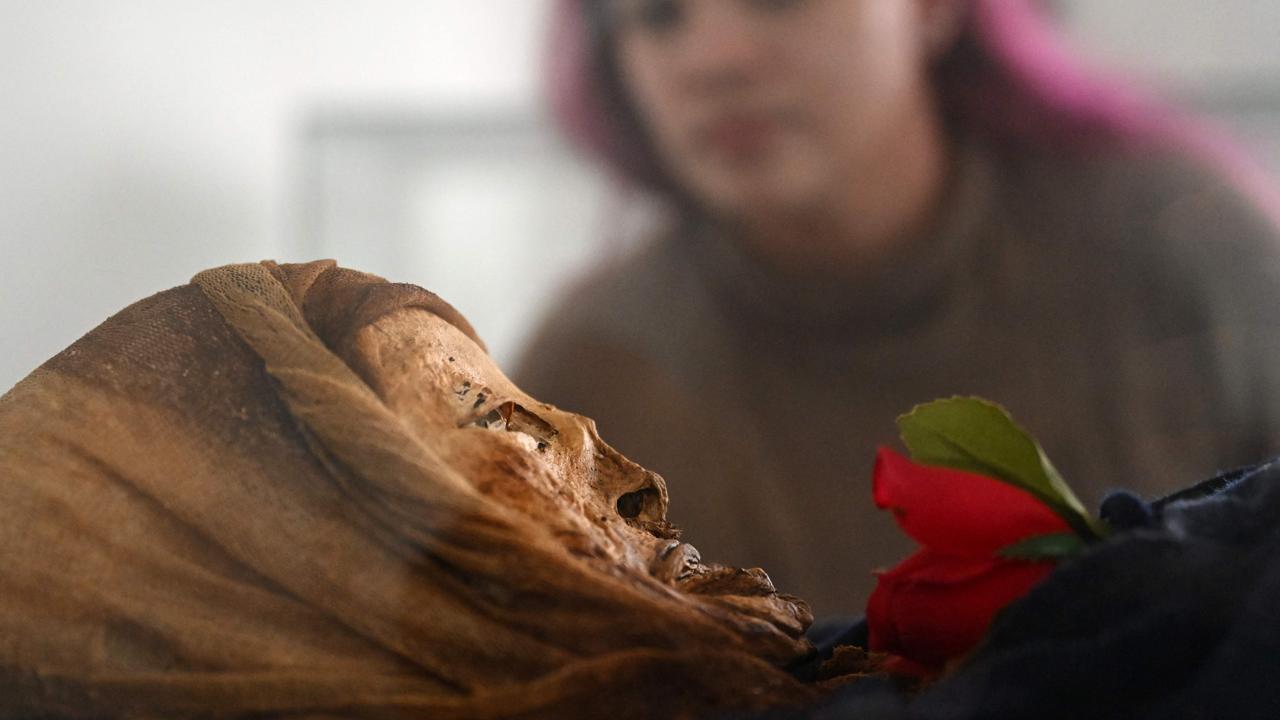Mount Roraima is a fascinating lost world
THIS place is cut off from civilisation, and it’s like nowhere else on the planet. Prehistoric creatures and labyrinths of stone pinnacles are among what lies inside the “real Jurassic Park”.

IT’S a real lost world. On this flat-topped mountain in Venezuela, cut off from civilisation, prehistoric castaways have evolved into unique species found nowhere else on the planet.
Welcome to the Mount Roraima, a spectacular sight which Lonely Planet has explored for the new book The World’s Great Wonders.
Waterfalls spilling down sheer cliff faces into clouds. Labyrinths of stone pinnacles. Valleys carpeted with crystals. Carnivorous pitcher plants. Exquisite rare orchids.
When you gazed up at the fortress of stone from the base of the mountain, you didn’t know what to expect from this plateau floating high above the Amazon jungle. Now that you’re on the summit, it feels as if you’ve stepped into some archaic land. A world untouched by humankind. A forgotten world.
Pitching your tent for the night inside the caves, you hunker down, your dreams filled with images of gushing waterfalls, strange shifting landscapes and prehistoric creatures.
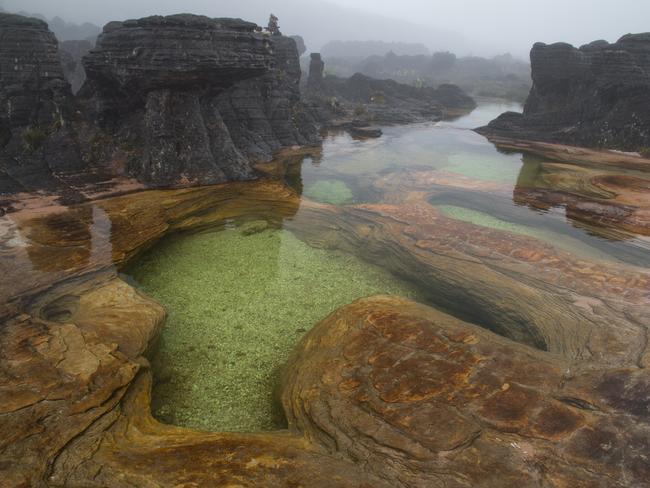
Mt Roraima is believed to have inspired the setting for Arthur Conan Doyle’s 1912 classic The Lost World, where prehistoric creatures survived on a plateau. It certainly fits the bill. Defended by seemingly impenetrable 400metre-high cliffs, the flat summit of Mt Roraima is home to many species found nowhere else on Earth. These endemic plants and animals have developed to be truly out of this world.
Sitting on the border of Guyana, Venezuela and Brazil, Mt Roraima is part of the Pacaraima chain of flat-topped mountains, known locally as tepui. The word means “house of the gods” in the native tongue of the Pemon, the indigenous people who inhabit the Gran Sabana. For centuries, no one ventured up onto the plateau for fear of reprisal by the gods — but also because of reports of bizarre creatures living up there.
All sorts of legends and myths developed of flying pterodactyls and a vicious race of apemen called “Di-Dis”.

While the nearby Andes formed relatively recently — around 25 million years ago — this chain of flat-topped mountains is far older. More than two billion years ago, sand settled on the ocean floor. Gradually this sandstone uplifted, eventually becoming dry land. Over time, some of the sandstone eroded away, leaving the tepuis towering over the surrounding lowlands around 70 million years ago. Mt Roraima has a base of igneous rock, with cemented sandstone layers on top.
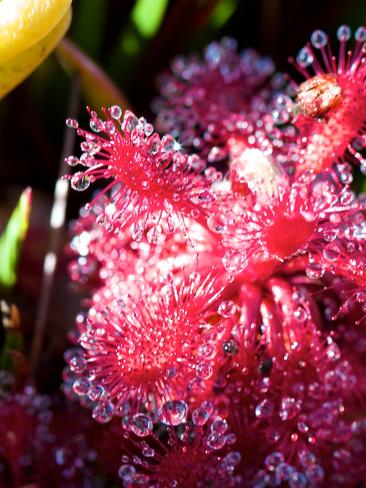
The real Jurassic Park
In 1884, Sir Everard im Thurn and his expedition team discovered a forested ramp up to the plateau. Scaling the natural staircase, at the summit they found no pterodactyls or apemen. Instead they discovered a rocky landscape covered with scrubby vegetation interspersed by small patches of sandy marshland — as well as many plants and animals unique to the plateau.
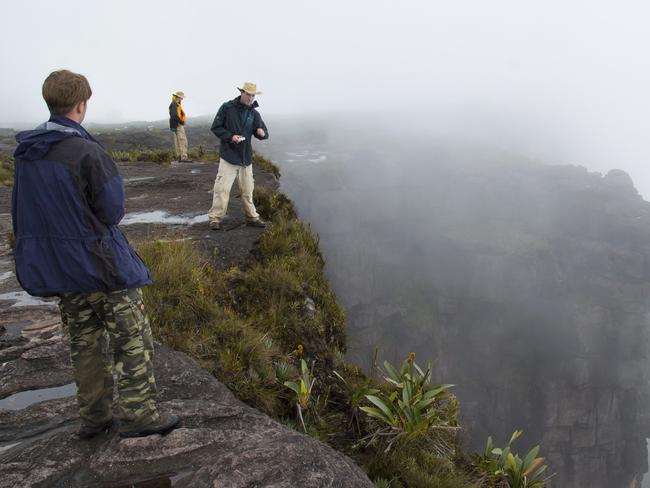
In fact, around 35 per cent of the species on Mt Roraima are endemic, such as the Roraima bush toad. And 70 per cent of those found on South America’s tepuis exist only on these plateaus. Other species are like living fossils, almost identical to plants and animals that are now extinct in the rest of the world. For millions of years, life has been existing completely independently on these mist-shrouded mountaintops, away from the prying eyes of civilisation.
Did you know?
• It rains almost every day on the plateau of Mt Roraima, creating the gushing waterfalls.
• Tabletop mountains like Mt Roraima are also known as ‘mesa’, which is Spanish for “table”.
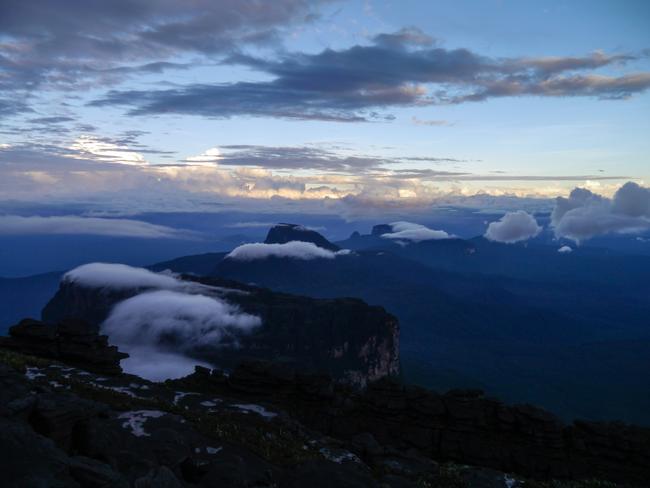
Getting there
Mt Roraima cannot be hiked independently (you need to join a tour group or go solo with a local guide) and there is a limited number of people allowed on the tepui (flat-top mountain) at one time. The only route to the summit is an arduous six-day trek from the Venezuelan side. Fly or catch a bus to the border town of Santa Elena de Uairén, where you can organise a guided tour.
While you’re there
Venezuela is a country of staggering variety. Marvel at Angel Falls, the world’s highest waterfall, plunging 807m in one go from the tepui plateau of Auyantepui, and explore the Amazonas, some of the Amazon’s least-visited stretches in the country’s wild south. Then head northwest to chill out in the gorgeous coastal town of Coro.
This is an extract from The World’s Great Wonders by Jheni Osman © Lonely Planet 2014. In stores now, RRP: $34.99
